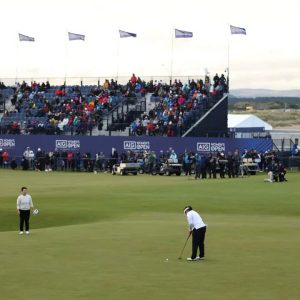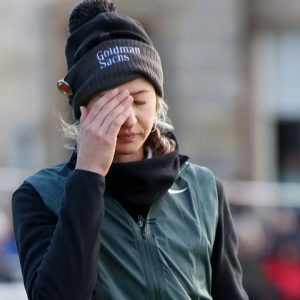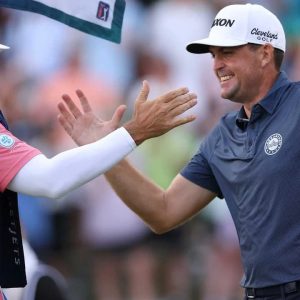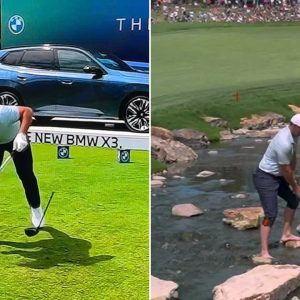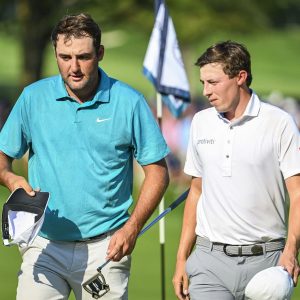Bryson DeChambeau nearly had to give up golf. Now he’s a U.S. Open winner (again)
bryson dechambeau looks on at the us open
Bryson DeChambeau said he wasn’t sure he’d be able to play golf again in 2022. Two years later, he has his second U.S. Open title.
Alex Slitz/Getty Images
The Bryson DeChambeau who won the U.S. Open Sunday at Pinehurst was nowhere near the same Bryson DeChambeau who won the 2020 U.S. Open at Winged Foot.
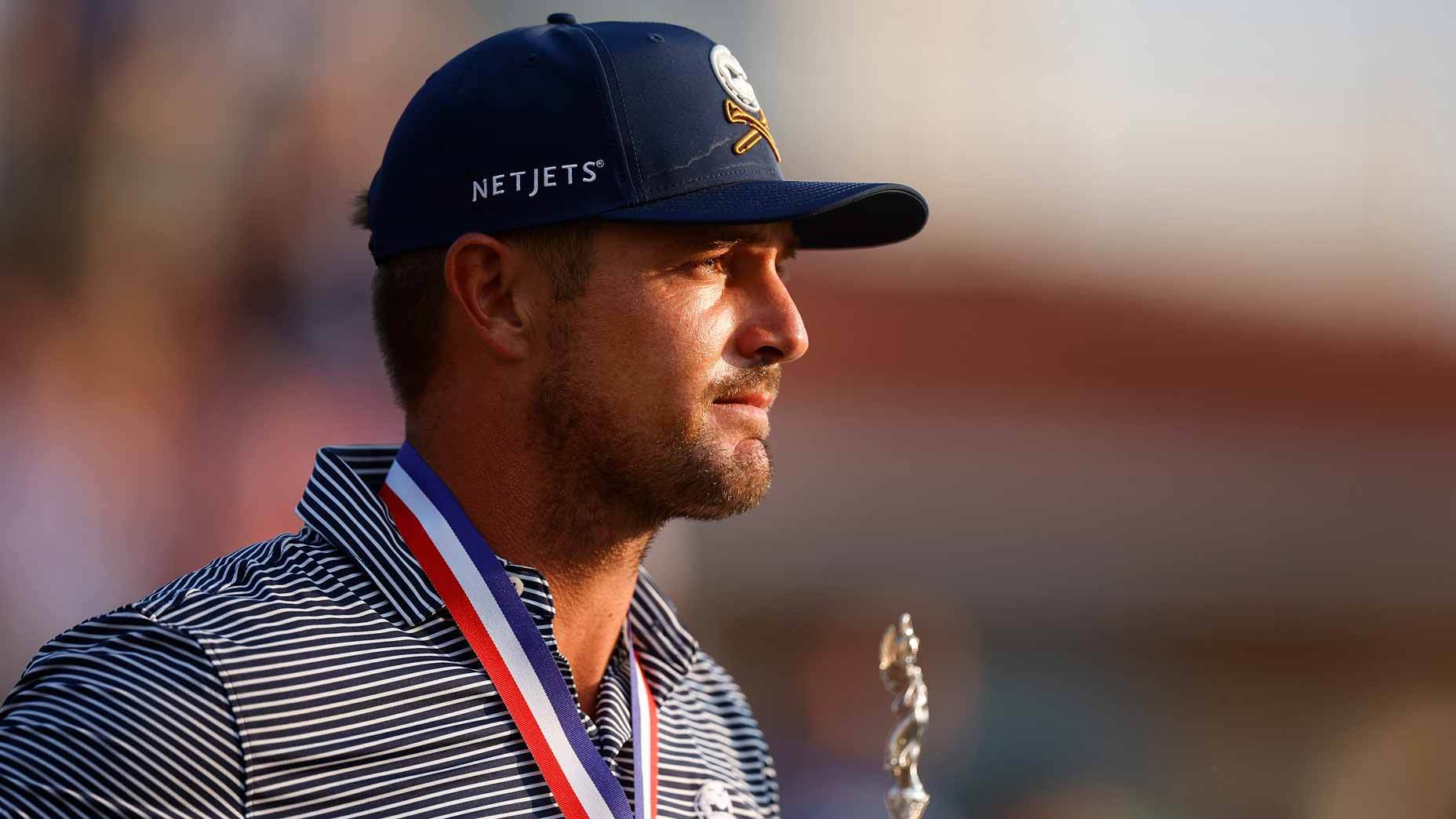
For starters, this DeChambeau is some 25-30 pounds lighter, but it’s much deeper than that.
After his first U.S. Open title in 2020, his first major, DeChambeau was on a high. But so often after our highest highs come our lowest lows, and DeChambeau was no exception.
Two years later, DeChambeau wasn’t even sure he’d be able to play golf again. But two years after that, he’s a U.S. Open winner once again.
On Sunday after his triumph at Pinehurst No. 2, he looked back on his recent low point and the journey that’s brought him back to be one of the game’s best players — and most electrifying personalities.
“I was knocked pretty hard down in 2022 for numerous reason, numerous scenarios, numerous things,” he said. “I had some great friends and great people around me tell me, Keep going, keep pushing.”
After his U.S. Open win, which technically came in the 2021 season, DeChambeau continued his strong play, winning the Arnold Palmer Invitational by brute force and taking Patrick Cantlay to a six-hole playoff after a shootout at the 2021 BMW Championship.
The came a painful hairline fracture of the hamate bone in his left hand and a tear of the labrum in his left hip.
He missed much of the start of the 2022 season before the end of March and came back to miss the cut in four of his last five PGA Tour starts before joining LIV, including the Masters, withdrawing at the PGA Championship and finishing T56 at the U.S. Open.
The hand injury, he said, is what caused him to hit rock bottom.
“I had to go to have surgery. I didn’t know if I was ever going to play golf [again],” DeChambeau said Sunday night. “I thought there was a chance I would play high, competitive golf again, not knowing how it would affect my game and my speed and everything. Certainly going into surgery was probably the lowest, then waiting eight weeks, not knowing if I was going to be able to grip a club with the same effort and feel the same and all that, and then struggling with my game.
“That whole four- or five-month period was pretty rough. There were some definite low moments. Made me rethink a lot of things in life.”
In that time, after he had healed, he left the PGA Tour for a reported seven-figure deal with the then-upstart LIV Golf. The results still weren’t where they were just mere months before.
